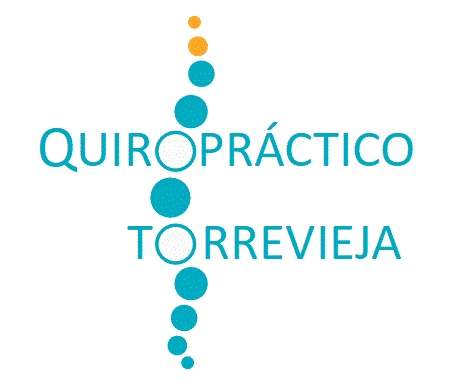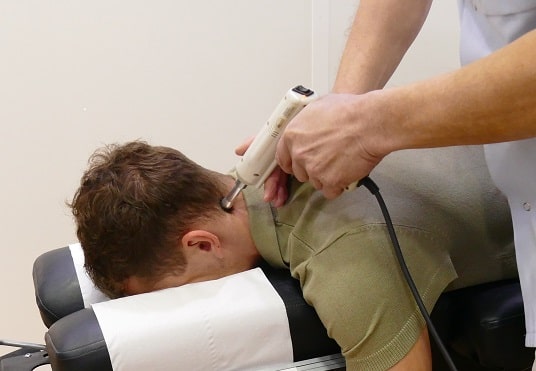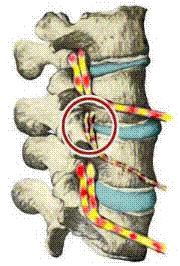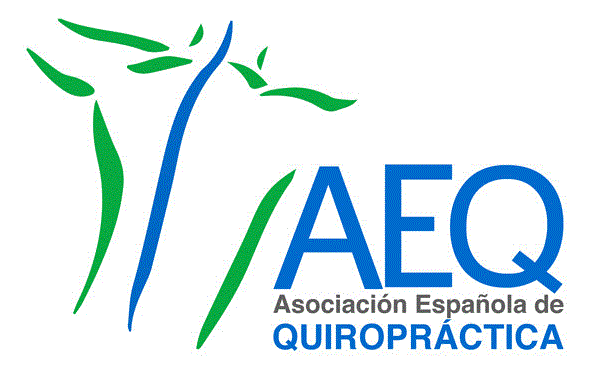Chiropractic
WHY DO THE BEST ATHLETES ON THE PLANET TURN TO CHIROPRACTIC?
The World Health Organization (WHO) defines chiropractic as the health profession concerned with the diagnosis, treatment, and prevention of disorders of the neuromusculoskeletal system and the effects of these disorders on overall health.
In other words, the human body is a complex organism where every organ, every muscle, every cell, every molecule has its function.
But what organizes this sophisticated machinery is the central nervous system, and especially the brain. So we can say that the brain essentially sends health orders to the rest of the body.
This health information can often be disrupted when it travels through a damaged spine, when a vertebral, disc (herniated, protruded), or postural defect occurs.
What is chiropractic?
A good example of multilevel consequence resolution is when a malpositioned cervical vertebra produces local pain, with tension headaches, dizziness, vagus nerve activation with nausea, and tachycardia. The chiropractor corrects the cervical problem, and all the negative consequences described above are subsequently resolved.
Also with a more current view of the nervous system, he or she focuses on normalizing the activity of the central nervous system (migraines, vertigo, tremors, etc.) and the peripheral nervous system (neuropathic pain, sciatica, carpal tunnel syndrome, brachialgia, etc.).
Chiropractic in the world
- Chiropractic has over 120 years of history and is the third primary care profession in the world, recognized as such by the WHO in 2005.
- Most countries surrounding Spain, both within and outside the EU, also recognize chiropractic as a healthcare profession: the USA, Canada, Australia, France, Germany, the Netherlands, Portugal, Italy, the United Kingdom, Belgium, all Nordic countries, Japan, etc.
- It is also recognized by the International Olympic Committee.
The ACADEMIC TRAINING of a chiropractor
This degree is divided into:




